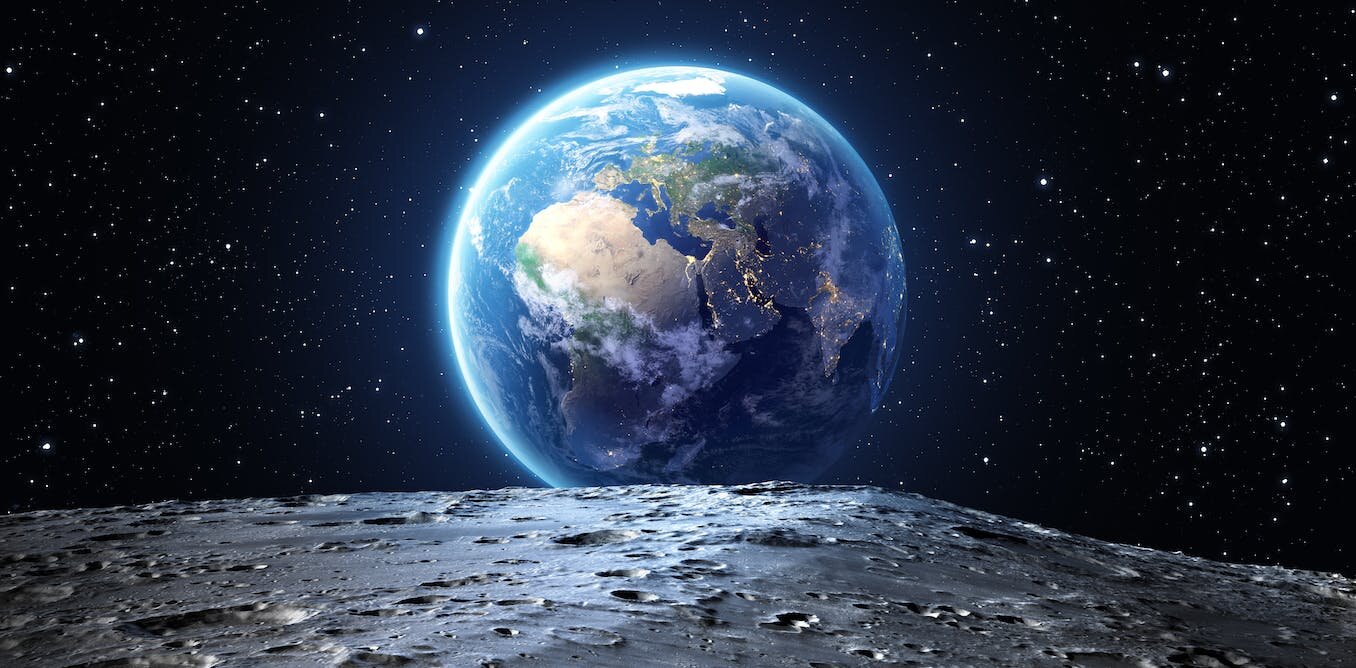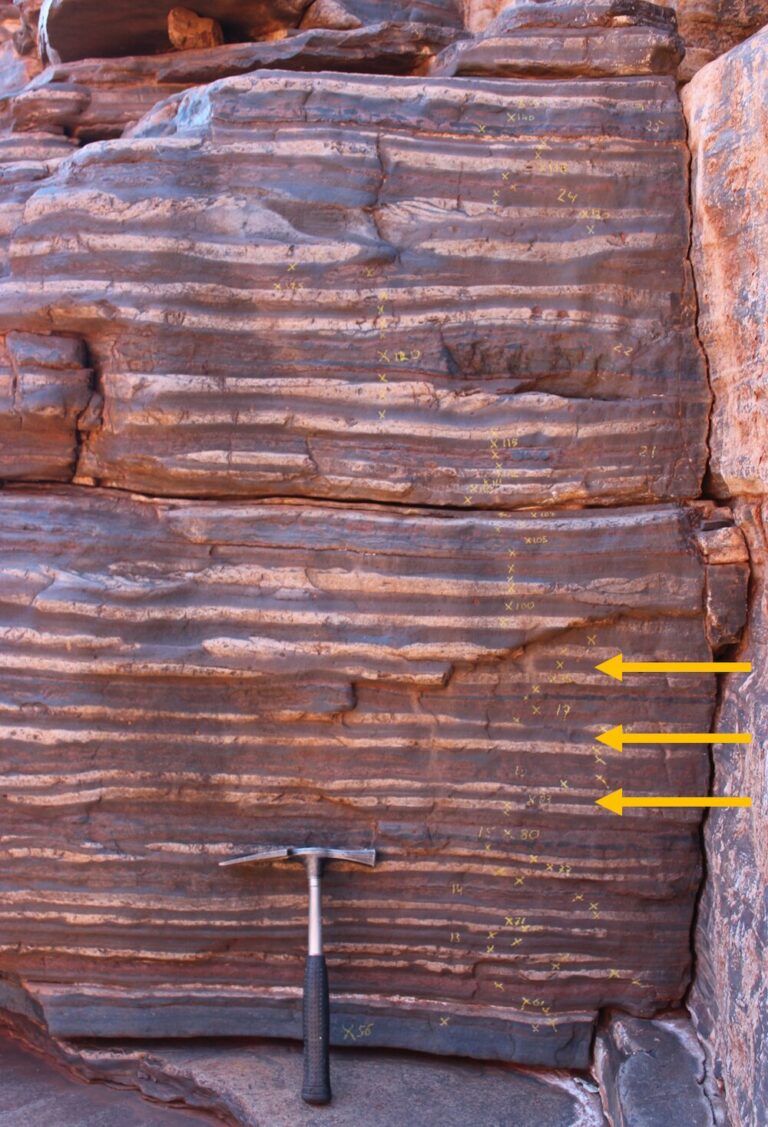The rate of removal of the Moon from the Earth is not consistent with its age. Scientists studied layered sediments at the age of 2.5 billion years and established at what distance from the Earth it was then.

Mystery of the Moon removal and ancient deposits
When the astronauts of the Apollo program were on the Moon, they installed angular reflectors on its surface. Thanks to this, scientists have been measuring the distance to our moon with great accuracy for many years and know that it is moving away from us at a rate of 3.8 cm per year.
The only problem is that under these conditions the Moon should collide with the Earth 1.5 billion years ago. And we know that it is 4.5 billion years old. It is extremely difficult to determine directly how far from the Earth our moon was in such a hoary antiquity. But the researchers were able to do this with the help of rocks on Earth.
Evidence of ancient deposits
In the Karijini National Park in western Australia, there are stratified deposits at the age of 2.5 billion years. Once they were formed at the bottom of the ancient ocean, and then became part of the land. Here, layers of reddish-brown rocks rich in iron alternate with much thinner and darker layers.

These rocks are of sedimentary origin, that is, they were formed by materials that were carried out by water into the sea. At the same time, darker areas are much softer than those rich in iron and changes with a shorter period can be traced in them. The samples here show alternating white, red and bluish-gray stripes.
The periodicity clearly indicates climate changes and the latter, according to scientists, may be associated with Milankovitch cycles. These are periodic changes in the shape of the Earth’s orbit and the orientation of the axis of rotation of our planet. They, for example, explain the change in cold and warm periods during the last ice age.
How far was the Moon from Earth?
Now there are four Milankovitch cycles with a periodicity of 21, 41, 100 and 400 thousand years. The shortest of them is believed to be associated with the precession of the earth’s axis caused by the gravitational influence of the Moon.
Its frequency is related to the distance to the Moon. If there are traces of periodic changes associated with the precession of the earth’s axis in the formations in Karijini, this will allow us to estimate the distance to our moon during this period.
And such periodic changes in layered deposits are present. They indicate that at that time the Milankovitch cycle, associated with the precession of the Earth’s axis, lasted 11 thousand years. This means that the Moon at that time was 60 thousand km closer than now.
This does not explain how the Moon acquired the rate of removal from the Earth that it has now. But at least it is clear that at that time it was 20 percent closer to the Earth than it is now, but not at point blank range.
According to phys.org
Follow us on Twitter to get the most interesting space news in time
https://twitter.com/ust_magazine
